- Joined
- 31 May 2009
- Messages
- 1,156
- Reaction score
- 502
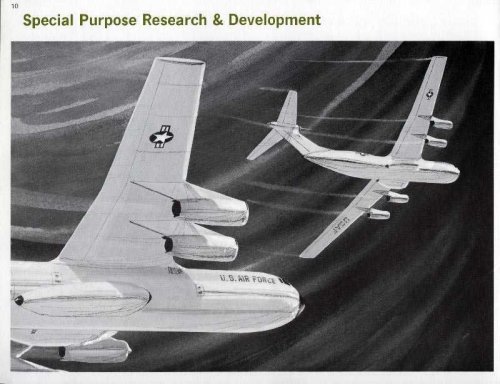
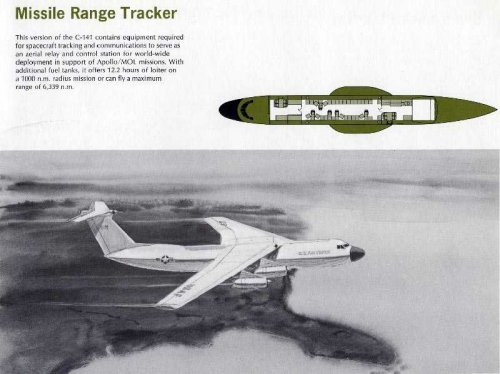
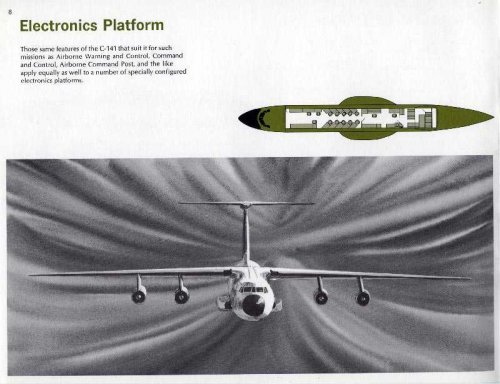
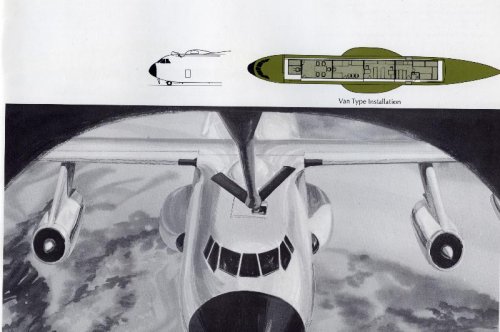
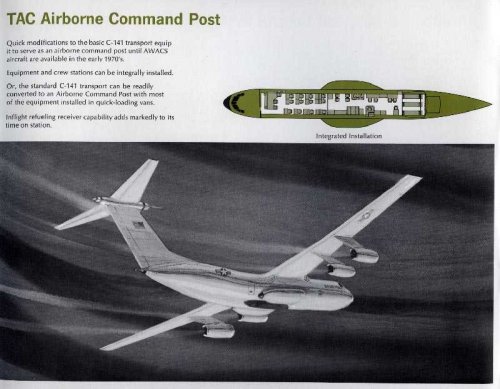
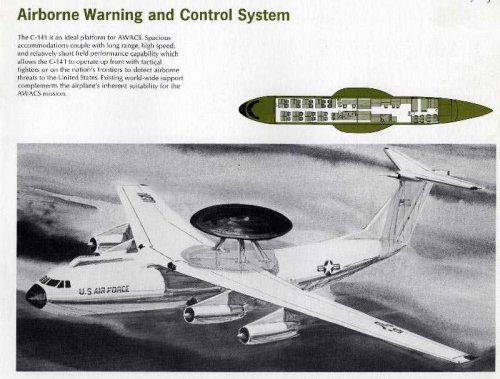
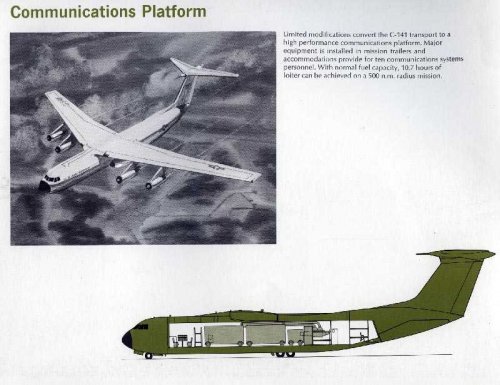
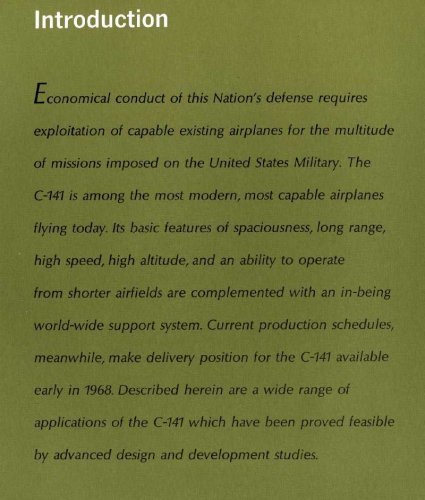
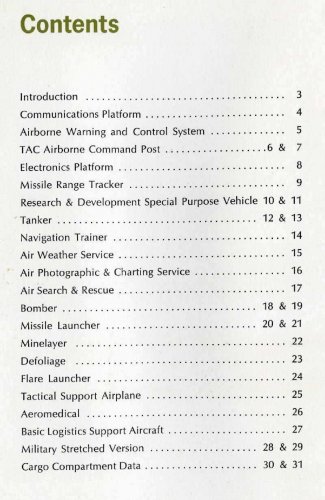
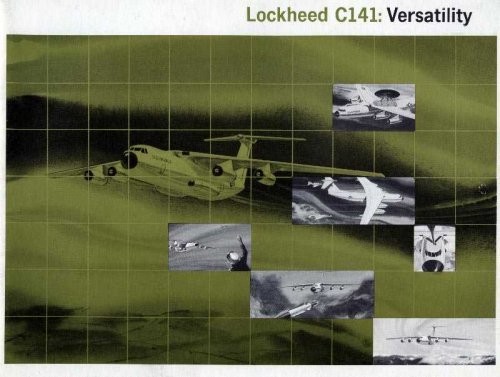
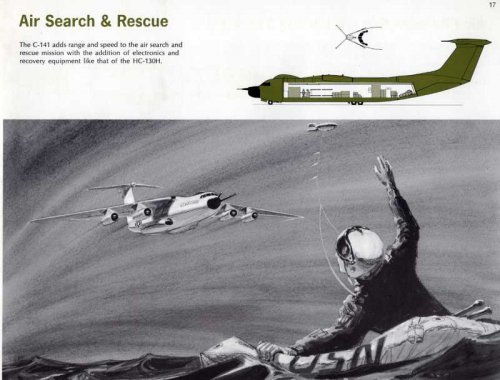
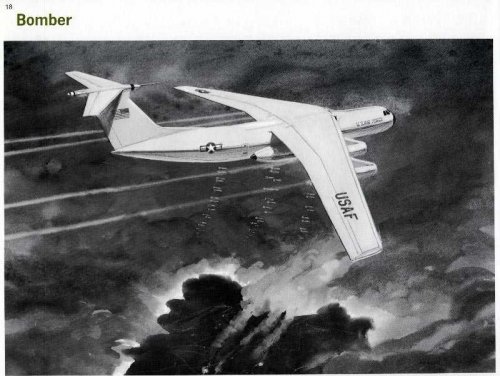
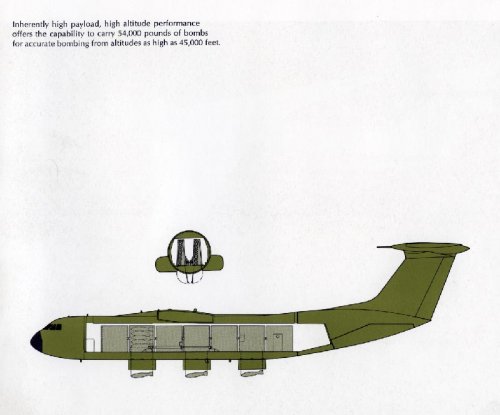
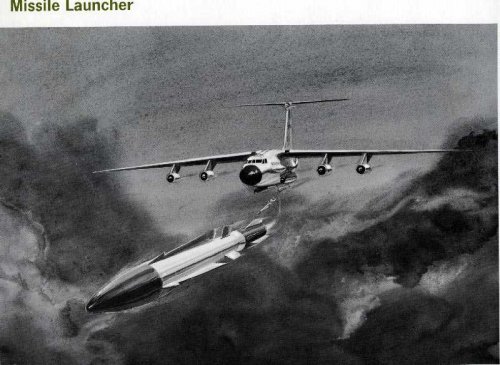
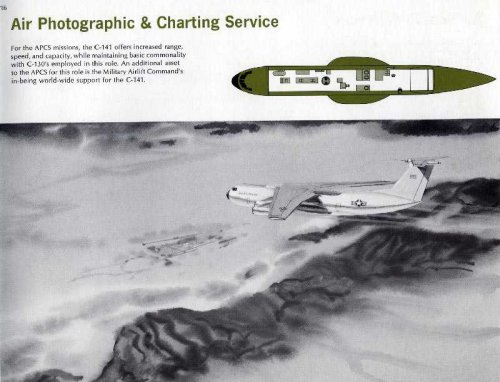
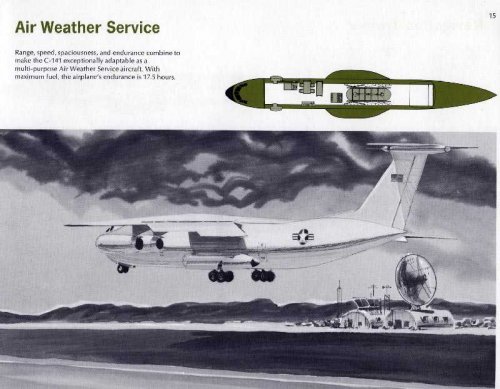
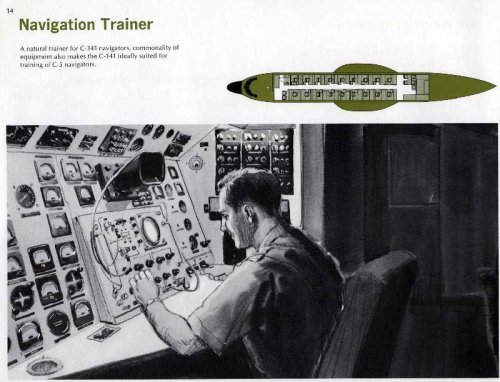
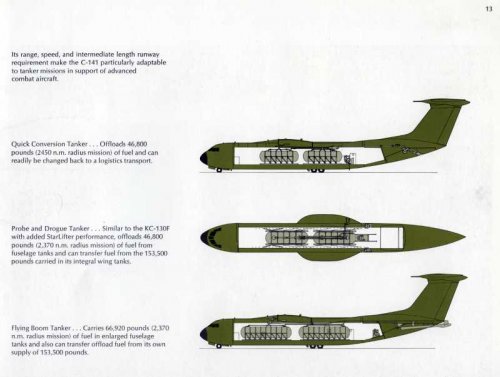
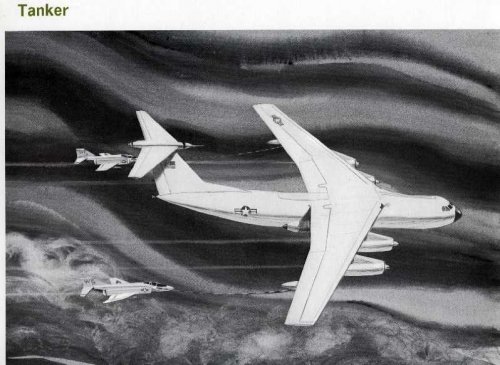
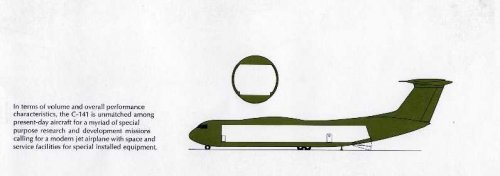
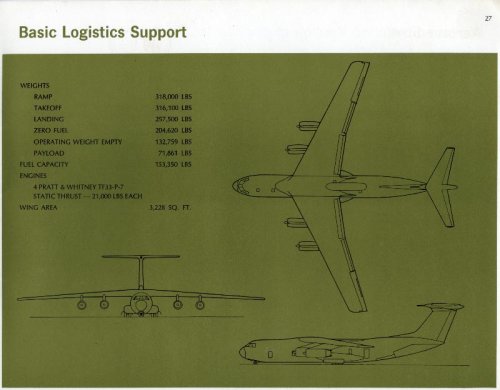
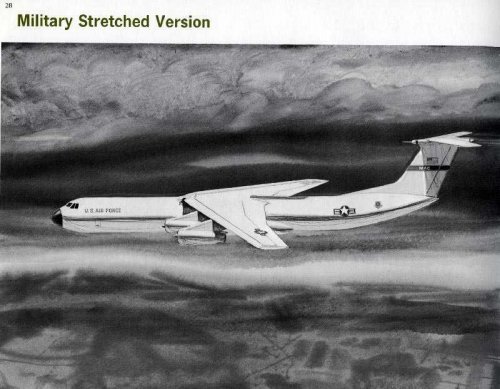
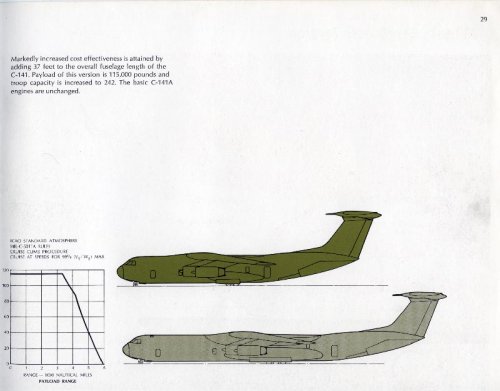
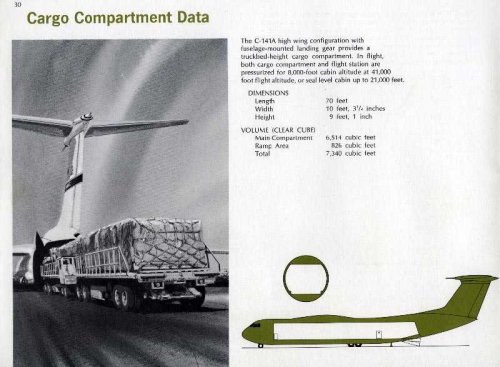
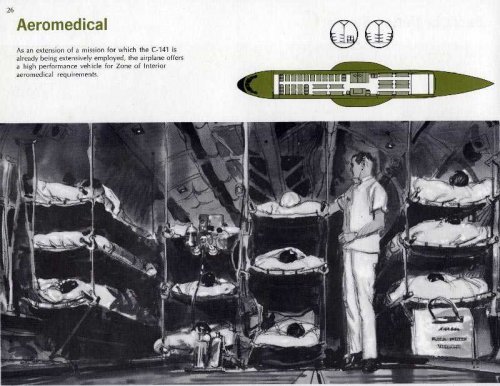
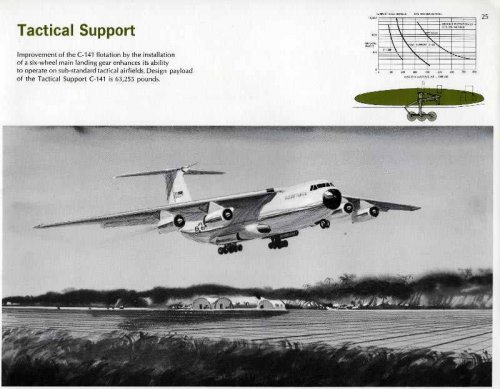
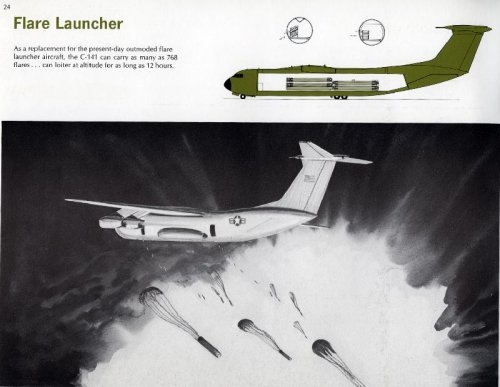
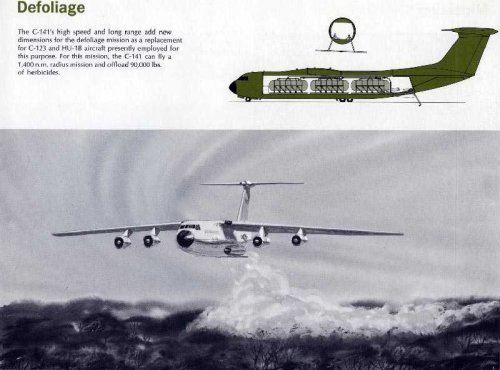
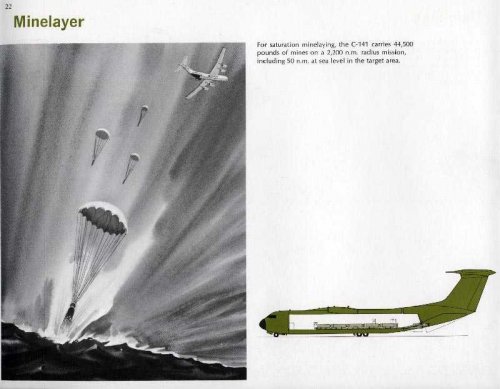
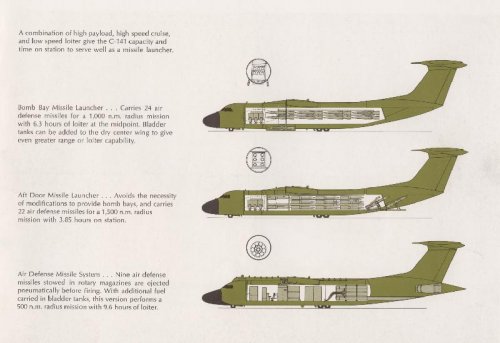
GTX said:Some cool information there Paul - great find.
Orionblamblam said:...the moment you convert a C-141 or a 747 into a bomber, you make them *all* valid targets, ...
Jemiba said:Not sure, civil airliner were regularly confiscated/chartered when the need arose, at least in
the SU the differentiation between military and civil aircraft was theoretical at best.
During the time of the Vietnam conflict, such a bomb truck may have been really worthwhile,
IF it could have been realised quick and cheap.
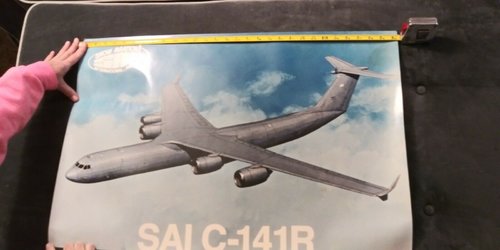
C-141 proposal
Spotted on eBay, without explanatory details, is this poster of a stretched, re-engined C-141R with winglets apparently proposed by a Snow Aviation International. The size looks similar to the C-141B but, because it lack's the refueling recepticle that was added to that type during the rebuild process, one can assume that it predates the C-141B program My guess is that new engines (type unknown) were deemed undesireable because the additional payload they would have delivered (assumption) would typically be unusabe due to cargo volume constraints. The C-141A was typically volume-constrained and the purpose of the C-141B stretch was to better match the volume to the payload - new, more powerful engines would have put the airplane back in the same box.
The paint job seems out of date though. As I recall, the C-141B program started during MAC's grey/white airliner livery days - the camo paint job illustrated wouldn't be adopted until later, maybe Mr. Snow was prescient.
Alternatively, it could be that the C-141R was proposed as a later rebuild of the C-141B and that the new engines and winglets would provide range that would make the refueling capability unnecessary. Proposing the removal of the refueling gear seems unlikely though.
View attachment 631256
So when was Canada looking at C-141's Bill Walker? Would appreciate knowing more!!The hose and probe tanker reminds me that the Canadian Forces C-141 order was to include twin hose pods. This order was cancelled when cheap cancelled Boeing 707s became available.
So when was Canada looking at C-141's Bill Walker? Would appreciate knowing more!!
One possible reason to not load bombs in cargo planes and commercial transports: politics. the moment you convert a C-141 or a 747 into a bomber, you make them *all* valid targets, like how the Brits loading armament and weapons aboard passenger liners in WWI made them valid targets for the Uboats.
A somewhat more detailed view of the engine.
Source: 476L Super Hercules - GL207-45 - Volume 2: substantiating and tradeoff data, page 2-35, figure 2-75
View attachment 655856
View attachment 655857
View attachment 655858
View attachment 655859
I'll be damned, is that a Fulton hook on the nose of the AS&R proposal? Crazy stuff. I feel like I don't see that weird gizmo too often.More. I like the Eagle AAM launcher...
Sorry if this is a dumb question, but why exactly would Kuwait not be interested in in-flight refueling? Economics, maybe? I'm not particularly well versed on Kuwait's aerial situation, especially around that time frame, so I'm just curious.Kuwaiti RFI on 707/C-135 & C-141:
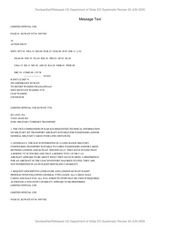
State Dept cable 1974-196959 : State Department : Free Download, Borrow, and Streaming : Internet Archive
State Dept cable 1974-196959archive.org
I'll be damned, is that a Fulton hook on the nose of the AS&R proposal? Crazy stuff. I feel like I don't see that weird gizmo too often.More. I like the Eagle AAM launcher...
Sorry if this is a dumb question, but why exactly would Kuwait not be interested in in-flight refueling? Economics, maybe? I'm not particularly well versed on Kuwait's aerial situation, especially around that time frame, so I'm just curious.Kuwaiti RFI on 707/C-135 & C-141:

State Dept cable 1974-196959 : State Department : Free Download, Borrow, and Streaming : Internet Archive
State Dept cable 1974-196959archive.org
I find it interesting that in their brochure, Lockheed had already considered and studied a "stretched" derivative of their L-300 (or GL207-45) design in advance. I always had in my head that it was a much later afterthought by the USAF and Lockheed, which derived the C-141B.Still more...
A belated thank you Apophenia for both your time and effort!So when was Canada looking at C-141's Bill Walker? Would appreciate knowing more!!
Bill hasn't been around for awhile, so allow me Pioneer ... On his website, Bill notes four serials held for Canadian Forces' CC-141s - 14101 to 14104.
General interest in the C-141 began as far back as 1964. However, numbers for proposed Canadian Starlifter procurements were often higher than those four 'held' serial numbers suggest. Approval had been given in June 1967 for four C-141s (+ a single DC-8). By May 1968, 11 i]Starlifter[/i]s were proposed by one of the Deputy Chiefs, Force Development - MGen Norman George Wilson-Smith (see below).
From a thesis: The Rise and Fall of Canada's Cold War Air Force, 1948-1968, by Bertram C. Frandsen, Wilfrid Laurier University, Waterloo, ON, 2015
page 283
As the current CC-106 Yukon aircraft would reach the limit of their operational life by 1973, at the 16 May 1968 meeting of the DND Estimates Review Committee, Major General N.G. Wilson-Smith, the Deputy Chief Force Development, proposed that the Yukon be replaced with eleven Lockheed C-141 Starlifter jet transports during the period 1972-74 at a cost of $175 million.107 However, it was a missed opportunity, as no orders had been placed in 1967 before the production line closed down.108 Apart from the obvious increase in airlift capabilities, the C-141s would have been a capable refuelling aircraft as the “C-141 could refuel four CF-5A fighters on transatlantic ferry from wing tanks while hauling 30,000-lb flyaway kits and other gear to operate fighters from overseas bases.”109 The opportunity to obtain six additional C-130 aircraft was also allowed to pass.110
107 DHH 73/1223, Series 4, Box 105, File 2103, 174th Meeting of the DND Estimates Review Committee Defence Review, 16 May 1968.
108 DHH 73/1223, Series V, Box 113, File 2500F, S1151-4110/D1 (DSecDD (MM) 4 August 1967, Defence Council
Presentations. At the 226th Defence Council meeting on 27 June 1967, approval had authorized for the purchase of four C-141 and one DC8 aircraft. See also Flying Review International, Vol. 22, No. 15, November 1967, reporting the acquisition of four C-141 tanker-transports, while “Aeronews and Military Report,” Air Progress, Vol. 21. No. 2, August 1967 reported the procurement of ten C-141 jet transports.
109 Ibid.
110 In 1970-71, five Boeing 707 aircraft were procured to replace the Yukon transport, of which two were modified in 1972 as air-to-air refueling tankers. Five additional C-130H aircraft were acquired in 1975.
pp 288-289
The acquisition of the five CC-137s was a far cry from the original plan to acquire eleven Lockheed C-141 Starlifter military jet transports (and possibly the giant Lockheed C-5 Galaxy transports) that had fallen through in 1967, an acquisition that would have provided considerable airlift and flexibility for the mobile force.
135 Ibid. pp. 33-35. See also R.G. Husch, “Future Long Range Air Transport in the RCAF,” Air Force College Journal, 1964. In this article, Squadron Leader Husch discussed a replacement for the Yukon and Hercules transports, noting that the C-141 was unable to utilize semi-prepared runways. Husch noted the growing importance of airlift in the military strategy for brushfire wars.
Why sad? The good guys won the cold war. I'm sure C-141s with maple leafs would have looked great but any additional capabilities acquired by Western forces would have been a waste.A belated thank you Apophenia for both your time and effort!So when was Canada looking at C-141's Bill Walker? Would appreciate knowing more!!
Bill hasn't been around for awhile, so allow me Pioneer ... On his website, Bill notes four serials held for Canadian Forces' CC-141s - 14101 to 14104.
General interest in the C-141 began as far back as 1964. However, numbers for proposed Canadian Starlifter procurements were often higher than those four 'held' serial numbers suggest. Approval had been given in June 1967 for four C-141s (+ a single DC-8). By May 1968, 11 i]Starlifter[/i]s were proposed by one of the Deputy Chiefs, Force Development - MGen Norman George Wilson-Smith (see below).
From a thesis: The Rise and Fall of Canada's Cold War Air Force, 1948-1968, by Bertram C. Frandsen, Wilfrid Laurier University, Waterloo, ON, 2015
page 283
As the current CC-106 Yukon aircraft would reach the limit of their operational life by 1973, at the 16 May 1968 meeting of the DND Estimates Review Committee, Major General N.G. Wilson-Smith, the Deputy Chief Force Development, proposed that the Yukon be replaced with eleven Lockheed C-141 Starlifter jet transports during the period 1972-74 at a cost of $175 million.107 However, it was a missed opportunity, as no orders had been placed in 1967 before the production line closed down.108 Apart from the obvious increase in airlift capabilities, the C-141s would have been a capable refuelling aircraft as the “C-141 could refuel four CF-5A fighters on transatlantic ferry from wing tanks while hauling 30,000-lb flyaway kits and other gear to operate fighters from overseas bases.”109 The opportunity to obtain six additional C-130 aircraft was also allowed to pass.110
107 DHH 73/1223, Series 4, Box 105, File 2103, 174th Meeting of the DND Estimates Review Committee Defence Review, 16 May 1968.
108 DHH 73/1223, Series V, Box 113, File 2500F, S1151-4110/D1 (DSecDD (MM) 4 August 1967, Defence Council
Presentations. At the 226th Defence Council meeting on 27 June 1967, approval had authorized for the purchase of four C-141 and one DC8 aircraft. See also Flying Review International, Vol. 22, No. 15, November 1967, reporting the acquisition of four C-141 tanker-transports, while “Aeronews and Military Report,” Air Progress, Vol. 21. No. 2, August 1967 reported the procurement of ten C-141 jet transports.
109 Ibid.
110 In 1970-71, five Boeing 707 aircraft were procured to replace the Yukon transport, of which two were modified in 1972 as air-to-air refueling tankers. Five additional C-130H aircraft were acquired in 1975.
pp 288-289
The acquisition of the five CC-137s was a far cry from the original plan to acquire eleven Lockheed C-141 Starlifter military jet transports (and possibly the giant Lockheed C-5 Galaxy transports) that had fallen through in 1967, an acquisition that would have provided considerable airlift and flexibility for the mobile force.
135 Ibid. pp. 33-35. See also R.G. Husch, “Future Long Range Air Transport in the RCAF,” Air Force College Journal, 1964. In this article, Squadron Leader Husch discussed a replacement for the Yukon and Hercules transports, noting that the C-141 was unable to utilize semi-prepared runways. Husch noted the growing importance of airlift in the military strategy for brushfire wars.
What a sad missed opertunity for the Canadian Defence Force.
Regards
Pioneer
Hindsight is a wonderful thing my dear taildragger, but if the shit had of hit the fan and with Canada being the distance it was from the Central front of the Cold War, I could see the likes of "Apart from the obvious increase in airlift capabilities, the C-141s would have been a capable refuelling aircraft as the “C-141 could refuel four CF-5A [or later two F/A-18A/B's for that matter] fighters on transatlantic ferry from wing tanks while hauling 30,000-lb flyaway kits and other gear to operate fighters from overseas bases.”Why sad? The good guys won the cold war. I'm sure C-141s with maple leafs would have looked great but any additional capabilities acquired by Western forces would have been a waste.A belated thank you Apophenia for both your time and effort!So when was Canada looking at C-141's Bill Walker? Would appreciate knowing more!!
Bill hasn't been around for awhile, so allow me Pioneer ... On his website, Bill notes four serials held for Canadian Forces' CC-141s - 14101 to 14104.
General interest in the C-141 began as far back as 1964. However, numbers for proposed Canadian Starlifter procurements were often higher than those four 'held' serial numbers suggest. Approval had been given in June 1967 for four C-141s (+ a single DC-8). By May 1968, 11 i]Starlifter[/i]s were proposed by one of the Deputy Chiefs, Force Development - MGen Norman George Wilson-Smith (see below).
From a thesis: The Rise and Fall of Canada's Cold War Air Force, 1948-1968, by Bertram C. Frandsen, Wilfrid Laurier University, Waterloo, ON, 2015
page 283
As the current CC-106 Yukon aircraft would reach the limit of their operational life by 1973, at the 16 May 1968 meeting of the DND Estimates Review Committee, Major General N.G. Wilson-Smith, the Deputy Chief Force Development, proposed that the Yukon be replaced with eleven Lockheed C-141 Starlifter jet transports during the period 1972-74 at a cost of $175 million.107 However, it was a missed opportunity, as no orders had been placed in 1967 before the production line closed down.108 Apart from the obvious increase in airlift capabilities, the C-141s would have been a capable refuelling aircraft as the “C-141 could refuel four CF-5A fighters on transatlantic ferry from wing tanks while hauling 30,000-lb flyaway kits and other gear to operate fighters from overseas bases.”109 The opportunity to obtain six additional C-130 aircraft was also allowed to pass.110
107 DHH 73/1223, Series 4, Box 105, File 2103, 174th Meeting of the DND Estimates Review Committee Defence Review, 16 May 1968.
108 DHH 73/1223, Series V, Box 113, File 2500F, S1151-4110/D1 (DSecDD (MM) 4 August 1967, Defence Council
Presentations. At the 226th Defence Council meeting on 27 June 1967, approval had authorized for the purchase of four C-141 and one DC8 aircraft. See also Flying Review International, Vol. 22, No. 15, November 1967, reporting the acquisition of four C-141 tanker-transports, while “Aeronews and Military Report,” Air Progress, Vol. 21. No. 2, August 1967 reported the procurement of ten C-141 jet transports.
109 Ibid.
110 In 1970-71, five Boeing 707 aircraft were procured to replace the Yukon transport, of which two were modified in 1972 as air-to-air refueling tankers. Five additional C-130H aircraft were acquired in 1975.
pp 288-289
The acquisition of the five CC-137s was a far cry from the original plan to acquire eleven Lockheed C-141 Starlifter military jet transports (and possibly the giant Lockheed C-5 Galaxy transports) that had fallen through in 1967, an acquisition that would have provided considerable airlift and flexibility for the mobile force.
135 Ibid. pp. 33-35. See also R.G. Husch, “Future Long Range Air Transport in the RCAF,” Air Force College Journal, 1964. In this article, Squadron Leader Husch discussed a replacement for the Yukon and Hercules transports, noting that the C-141 was unable to utilize semi-prepared runways. Husch noted the growing importance of airlift in the military strategy for brushfire wars.
What a sad missed opertunity for the Canadian Defence Force.
Regards
Pioneer
Nice looking concept. Looks like a high-wing Airbus A340.C-141 proposal
Spotted on eBay, without explanatory details, is this poster of a stretched, re-engined C-141R with winglets apparently proposed by a Snow Aviation International. The size looks similar to the C-141B but, because it lack's the refueling recepticle that was added to that type during the rebuild process, one can assume that it predates the C-141B program My guess is that new engines (type unknown) were deemed undesireable because the additional payload they would have delivered (assumption) would typically be unusable due to cargo volume constraints. The C-141A was typically volume-constrained and the purpose of the C-141B stretch was to better match the volume to the payload - new, more powerful engines would have put the airplane back in the same box.
The paint job seems out of date though. As I recall, the C-141B program started during MAC's grey/white airliner livery days - the camo paint job illustrated wouldn't be adopted until later, maybe Mr. Snow was prescient.
Alternatively, it could be that the C-141R was proposed as a later rebuild of the C-141B and that the new engines and winglets would provide range that would make the refueling capability unnecessary. Proposing the removal of the refueling gear seems unlikely though.
View attachment 631256
Nice looking concept. Looks like a high-wing Airbus A340.C-141 proposal ... paint job seems out of date though...
So when was Canada looking at C-141's Bill Walker? Would appreciate knowing more!!
Please don’t place too much faith in the “rules of war” as they are a very recent concept and selectively enforced.All C-141s (unless used in a Medevac role) were legitimate targets (except for the one bailed to NASA). As are/were airliner-derived tankers (KC-135, VC-10, KC-10) and support (E-3, E-4) and maritime aircraft (P-3, Nimrod, P-8). Ask Korean Air Lines how this can go wrong. The best example of an air force deliberately blurring the line was the IDF's alleged repainting of a KC-707 in Air Lingus colors to support the Entebbe raid in 1976.
